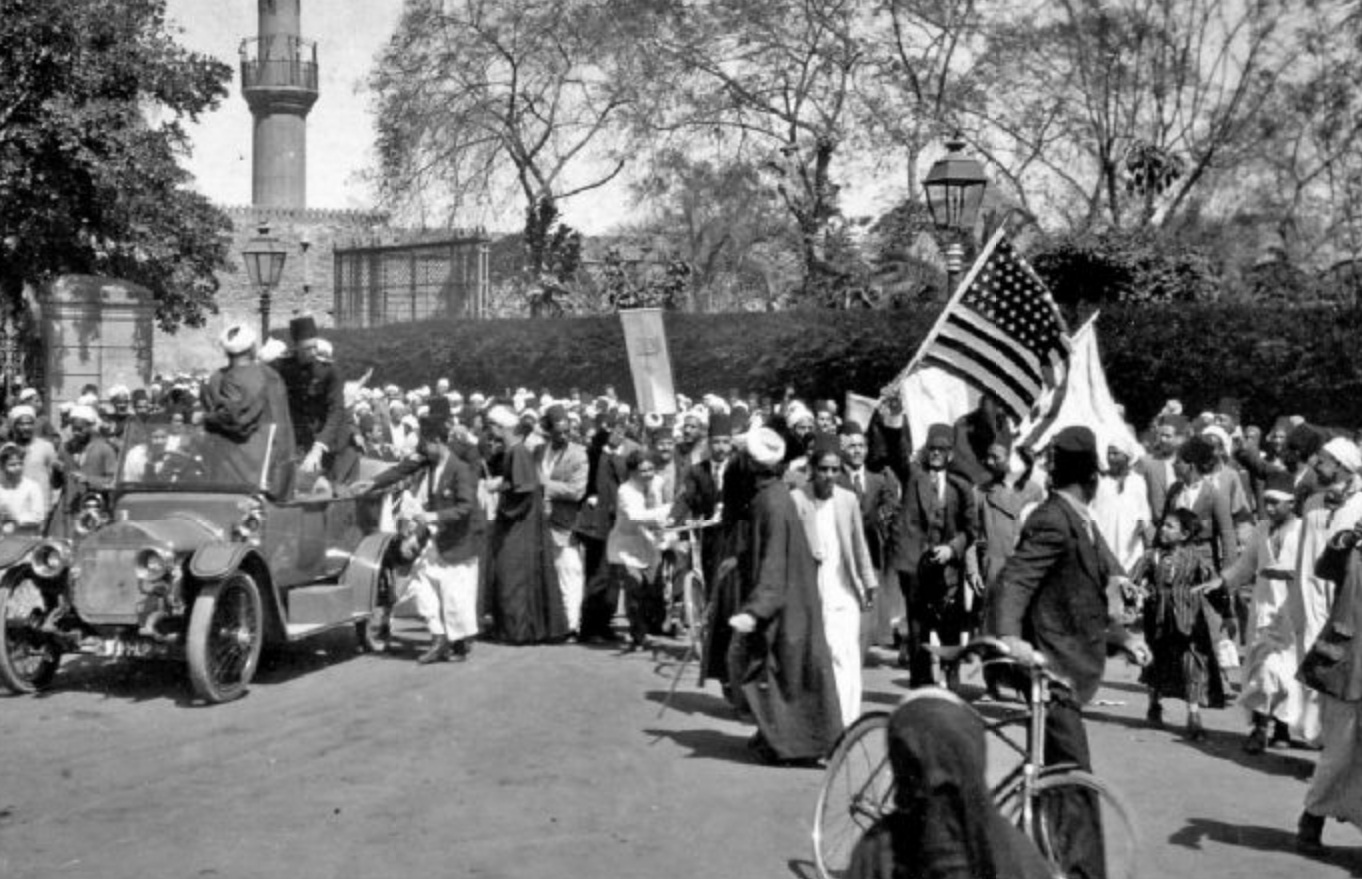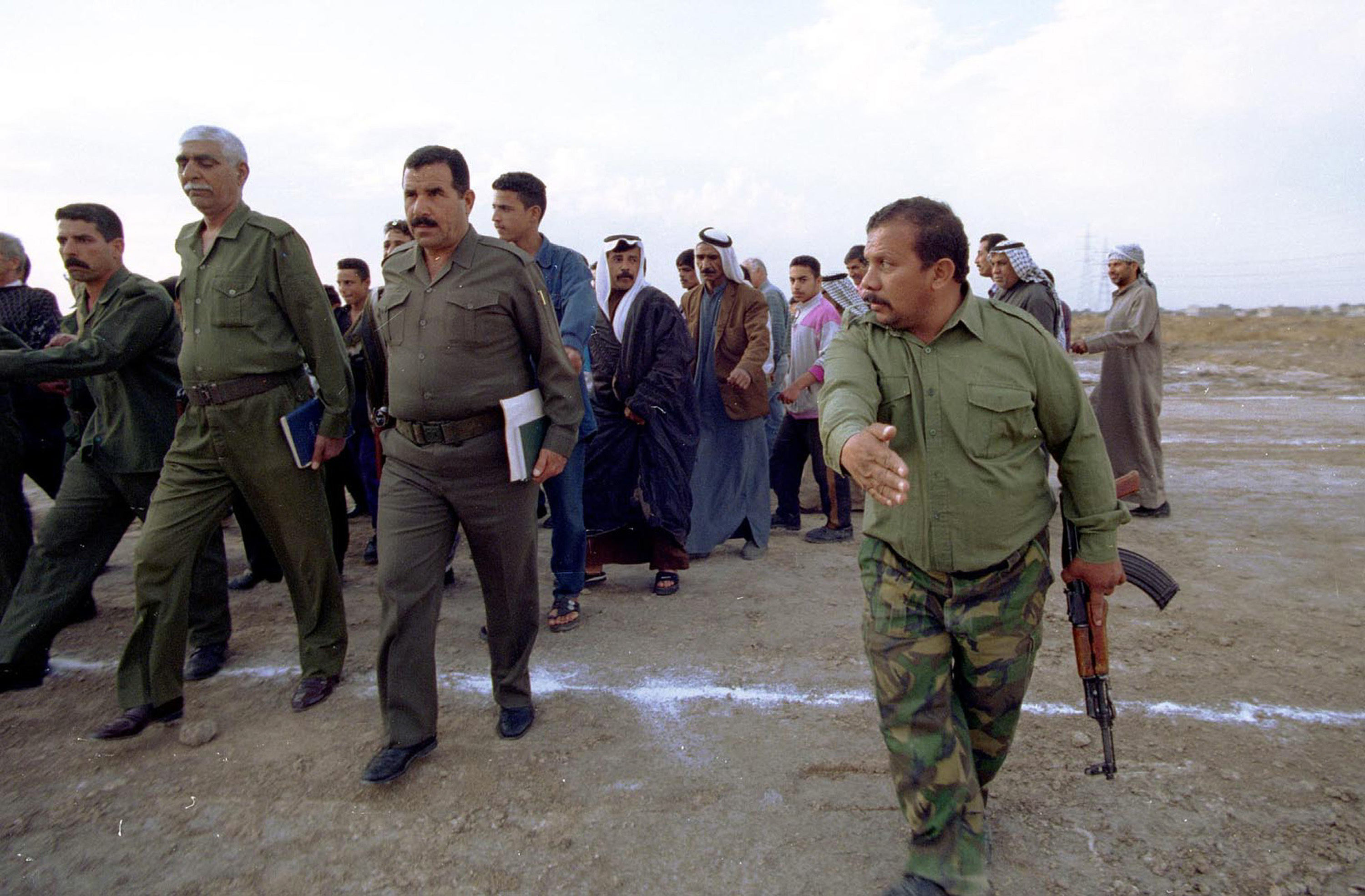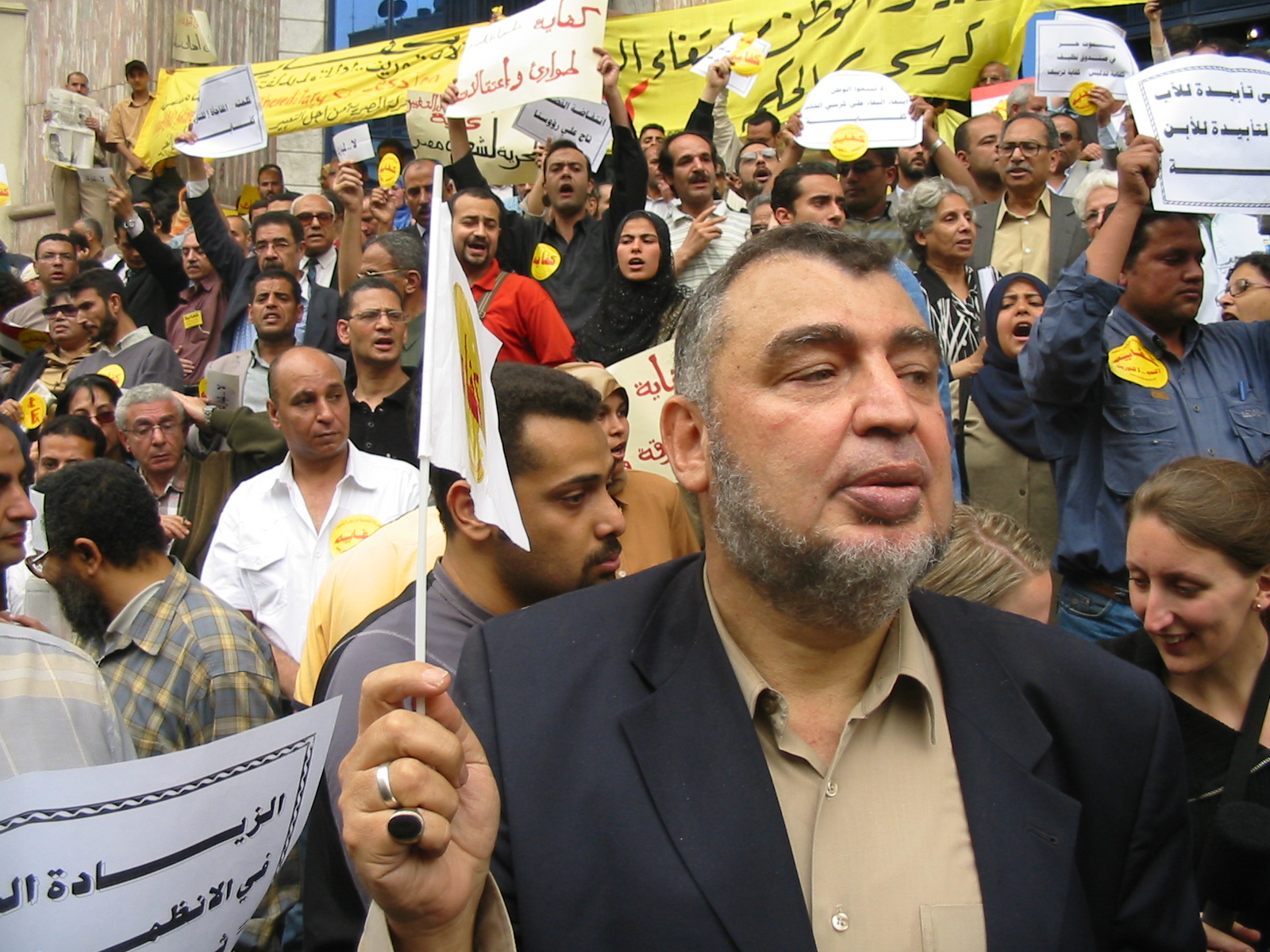The early anti-colonial revolutions in Egypt in 1919, in Iraq in 1920 and Palestine in the 1920s and 1930s were all suppressed violently by the colonial authorities. In that sense, it reinforced the dependence of those who ruled upon colonial power, which is how the colonial powers wished it to be. They wanted to reinforce for the dynasties that they had no independent power of their own.
This meant that after the Second World War, when the European Empires began to retreat from the region of the Middle East and North Africa, the dynasties and the systems of power that had depended upon them for their authority and their military might began to be vulnerable to revolutionary movements. In the 1950s and 1960s, you begin to see uprisings and revolutions across much of the Middle East and North Africa in the name of not only national liberation, but liberation from conservative reactionary regimes that had ruled dictatorially with the help of colonial power.


